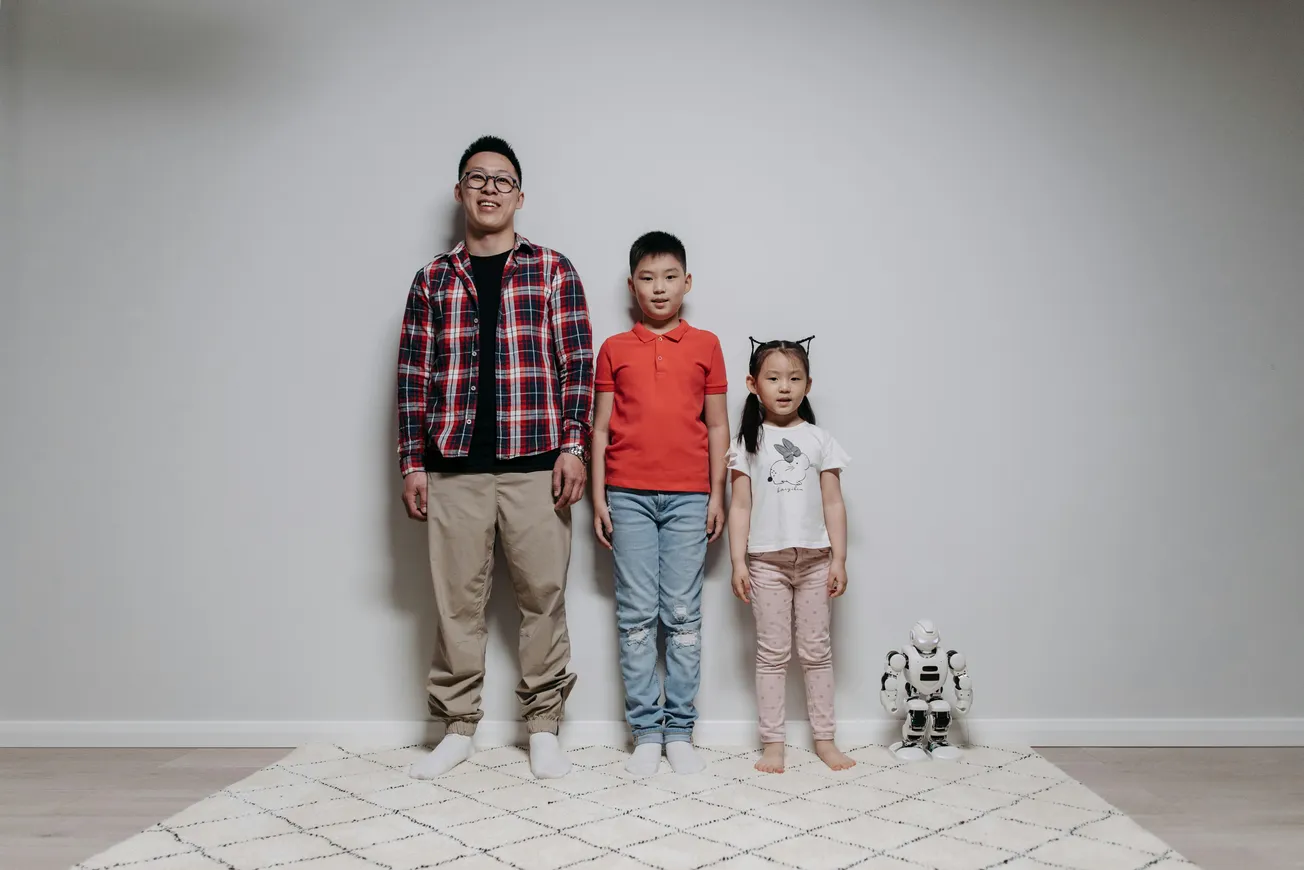In 2025, artificial intelligence is no longer science fiction. It is reshaping how brands and creators craft stories, and when used thoughtfully, AI helps spark emotional connection, support diverse voices and deliver personalized content that resonates.
Enhancing Efficiency Without Losing Emotion
According to Draymor, AI tools now power 78% of marketing teams, cutting production costs by up to 41% and accelerating content creation. Yet human-authored content still generates over 5× more traffic and keeps readers engaged 41% longer than purely AI-generated drafts. The key is to let AI handle repetitive or research-heavy work, while humans infuse personality, context and emotional nuance.
Human-Centered AI: A New Collaboration
Adobe and Fast Company highlight “human-centered AI” – tools designed to amplify creativity rather than replace it. Marketing leaders advocate using AI for ideation and automation but retaining human oversight on tone, authenticity and brand values.
Research shows creative workflows that pair human input early in the process yield better storytelling, more diverse ideas and higher satisfaction than AI-only methods.
Making Virtual Feel Real: AI & Digital Humanism
AI-generated virtual influencers and digital avatars are becoming powerful storytelling tools. From lifelike characters like Synthesia’s virtual spokespeople to Dubai’s AI-powered virtual “Emirati family,” these creations function as brand ambassadors and cultural bridges. However, authenticity remains vital: when AI interviews with deceased individuals appear scripted rather than empathetic, audiences resist.
Personalization That Feels Personal
AI empowers hyper-targeted content delivery. Whether it is custom product messaging, multilingual narration or dynamic email campaigns, AI enables scaling emotional relevance across segments and regions.
Unilever and BuzzFeed are early examples, generating interactive experiences and localized quizzes to make marketing feel both scalable and uniquely personal.
Emotional AI in Storytelling & Film
At the 2025 Reply AI Film Festival, creators explored AI’s emotional power through projects themed around “generation of emotions.” From experimental animations to interactive shorts, each film illustrates AI as a creative catalyst, not just content machinery.
Solo artists and teams alike are harnessing AI to spark new artistic styles, blending human vision with algorithmic innovation.
Authenticity & Ethics: Guardrails You Can’t Ignore
AI’s creative promise comes with responsibilities:
- Verifying truth: Emerging tools like deepfake detection and content authentication platforms are crucial for preserving trust.
- Protecting creative rights: Writers, musicians, and creators in Australia and beyond are fighting proposals allowing AI to train on copyrighted works without compensation.
- Avoiding emotional manipulation: Controversial uses such as AI avatars of deceased individuals raise ethical alarms over consent and authenticity.
AI in content now transcends automation. It is a collaborative studio partner, enabling faster production, broader reach and richer personalization. However, human creativity guides the story, adds emotional depth and ultimately keeps content authentic and ethical.
True mastery comes from blending AI's strengths with intentional, emotionally aware human direction. When these forces align, content does not just inform. It moves audiences.







